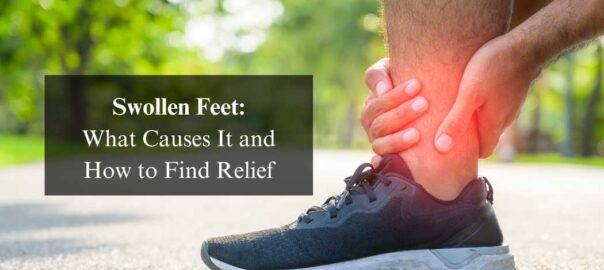
Introduction to Cervical Spondylosis
Cervical spondylosis, a common age-related condition, quietly impacts the cervical spine, often going unnoticed initially. Early detection is crucial for effective management and preventing complications. In this guide, we delve into subtle indicators signaling the onset of cervical spondylosis, empowering you to proactively protect your spinal health
Grasping the Basics
Before uncovering the signs, it’s imperative to understand the fundamentals. Cervical spondylosis, interchangeably known as neck arthritis or cervical osteoarthritis, stems from the degeneration of vertebrae and discs in the cervical spine. This degeneration primarily stems from age-related wear and tear, giving rise to a spectrum of symptoms and discomfort.
Signs to Watch Out For
- Intermittent Neck Pain
An early harbinger of cervical spondylosis manifests as periodic discomfort in the neck region. Ranging from mild to severe, this pain exacerbated with movement or extended periods of sitting or standing. - Stiffness and Reduced Range of Motion
Individuals afflicted with cervical spondylosis often encounter stiffness in the neck, impeding free movement of the head. This diminished range of motion can significantly hamper daily activities and may deteriorate over time if not addressed promptly. - Radiating Pain
Advancing stages of the condition witness pain radiating from the neck to the shoulders, arms, or hands. Accompanied by tingling or numbness, this radiating pain signals potential nerve compression in the cervical spine.
Headaches
Persistent headaches, particularly stemming from the base of the skull or the back of the head, serve as a red flag for cervical spondylosis. Aggravated by specific movements or activities, these headaches detrimentally affect overall quality of life. - Muscle Weakness
Progression of cervical spondylosis may lead to weakness or atrophy of arm or shoulder muscles. This weakness adversely impacts grip strength and overall upper body functionality.
Difficulty Swallowing
In certain instances, cervical spondylosis manifests as dysphagia, causing difficulty in swallowing. This symptom arises from compression of the esophagus or irritation of surrounding nerves in the cervical spine.
Risk Factors and Prevention
Understanding the associated risk factors facilitates prevention and early intervention. While age remains a primary factor, other contributors include:
- Poor Posture: Maintaining poor posture, especially during prolonged sitting or computer use, accelerates cervical spine degeneration.
- Repetitive Motion: Jobs or activities involving repetitive neck movements or heavy lifting heighten the risk of cervical spondylosis.
- Obesity: Excess weight exerts additional strain on the cervical spine, hastening degenerative changes and susceptibility to spondylosis.
Conclusion
Early detection of cervical spondylosis is paramount for prompt intervention and management. By remaining vigilant for symptoms such as neck pain, stiffness, radiating pain, muscle weakness, and difficulty swallowing, individuals can seek timely medical attention and adopt preventive measures to mitigate the condition’s progression. Remember, fostering good posture, staying physically active, and incorporating neck exercises significantly contribute to preserving spinal health and overall well-being. Stay informed, stay proactive, and prioritize your spinal health for a better quality of life.
Cervical spondylosis predominantly affects individuals over the age of 40, but it can develop at any age.
While cervical spondylosis is irreversible, early intervention and lifestyle modifications can effectively manage its symptoms and slow down its progression.
Yes, specific neck exercises and stretches prescribed by healthcare professionals can help alleviate pain and improve neck mobility in individuals with cervical spondylosis.
Surgery is typically considered as a last resort for severe cases of cervical spondylosis that do not respond to conservative treatments. Many individuals find relief through non-surgical interventions.
While rare, severe cervical spondylosis can potentially lead to paralysis if left untreated, as it may result in spinal cord compression. Early diagnosis and appropriate treatment can help prevent such complications.








